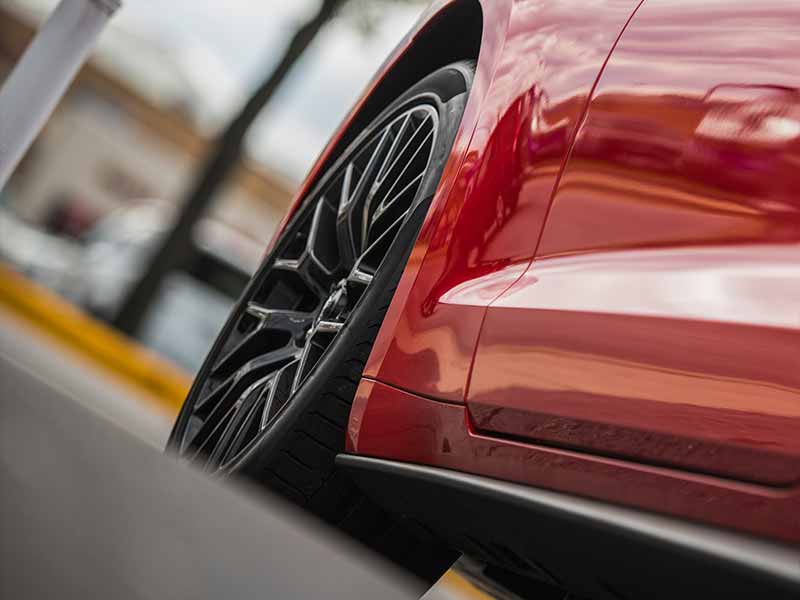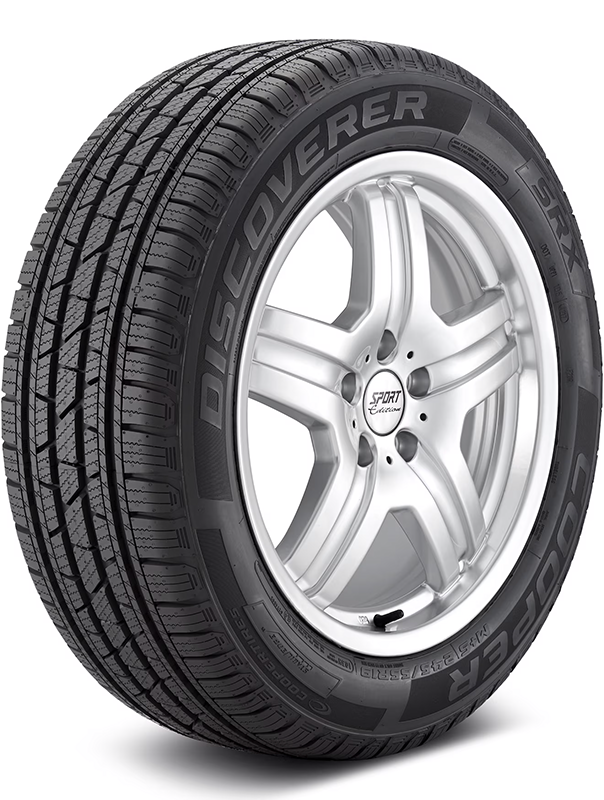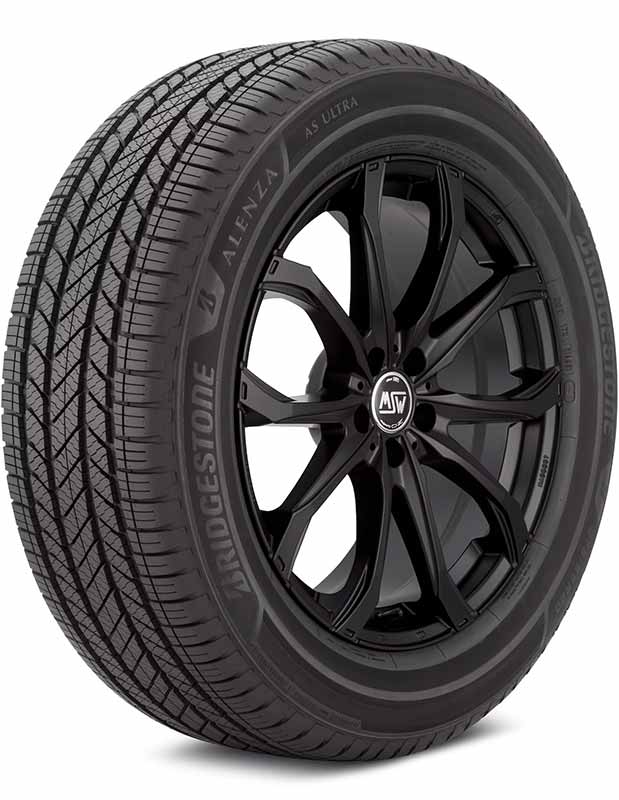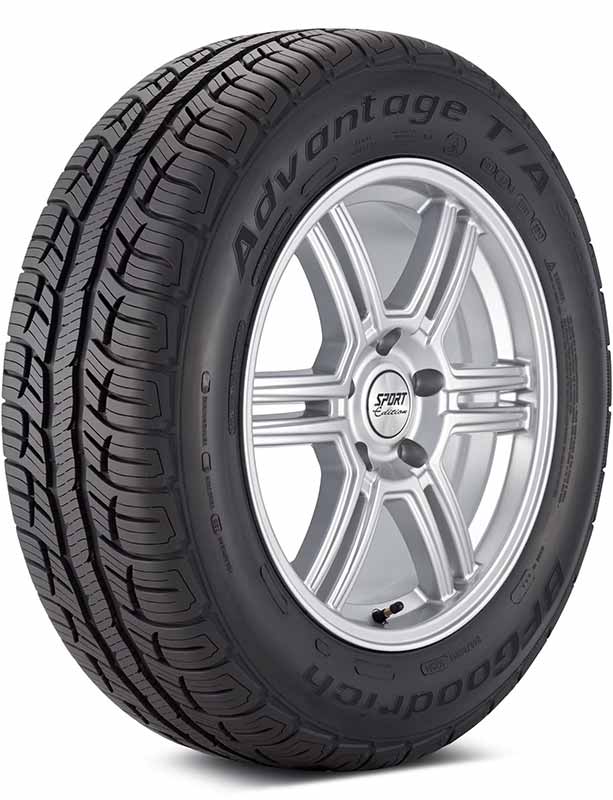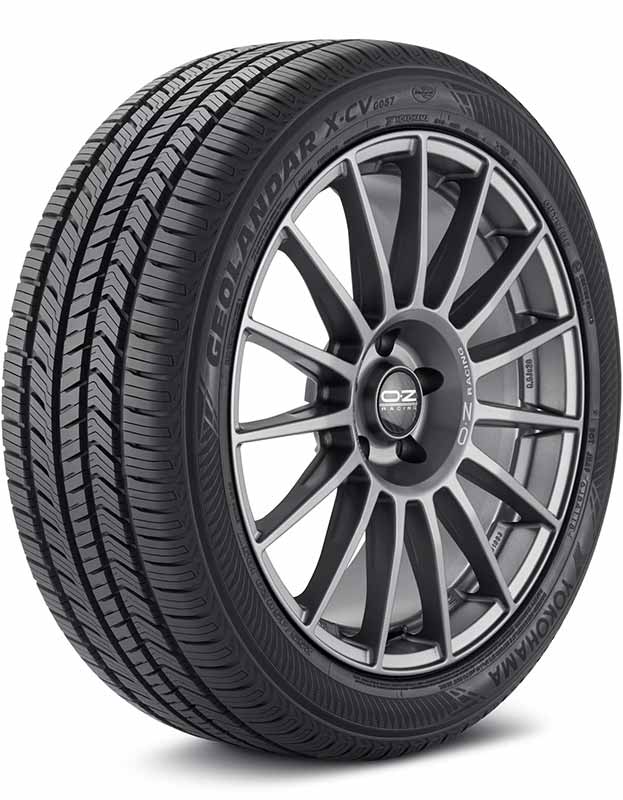Have you ever noticed how the wheels on a race car seem to lean in at the top? Or perhaps you’ve seen a big, burly truck with tires that tilt out, appearing ready to conquer any terrain. These aren’t just cool design quirks. They’re examples of something called camber, a key factor that influences how a vehicle handles on the road, and the wear and tear on your tires.
Positive Vs Negative Camber
Positive camber, where the tops of the tires lean out from the car, can ease steering effort but may lead to uneven tire wear.
Negative camber, where the tops of the tires lean in, can improve handling during turns but might wear down the inner edge of the tire quicker.
In this article, we’ll dive deep into the world of camber. We’ll unravel what positive and negative camber mean, their effects on your ride and tire wear, advantages, and disadvantages. We’ll also explore the concepts of zero camber and caster, and explain how camber adjustments can impact your vehicle’s performance.
Let’s take a closer look.
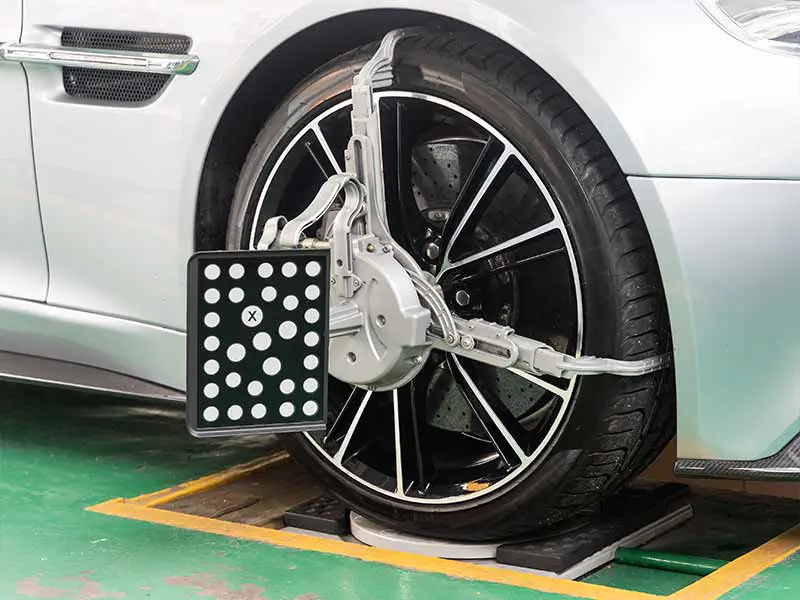
Understanding Camber
If you’ve ever watched cars race around a track, or even just seen a few parked at an angle, you might have noticed something interesting about their tires. So, let’s dive right into understanding camber, and what positive and negative camber really means.
What Does Positive Camber Mean?
Positive camber is identified when the top of a vehicle’s tires are tilted away from the vehicle. If you view the vehicle from the front and notice the top of the wheels leaning outwards, away from the center of the vehicle, then it has positive camber.
How About Negative Camber?
Negative camber is identified when the top of a vehicle’s tires are tilted towards the vehicle. If you view the vehicle from the front and observe that the top of the wheels are leaning inwards, towards the center of the vehicle, then it has negative camber.
For both positive and negative camber, the important thing to remember is this: it’s all about the tilt of the tires. This tilt, whether it’s positive or negative, affects how your vehicle drives and how your tires wear down over time. So, understanding it can help you get the most out of your car or truck, whether you’re racing down a track or just cruising to the grocery store. After all, who doesn’t love getting the most bang for their buck? Especially when it comes to tires, which aren’t exactly cheap!
Positive Camber
Alright, now that we’ve got a grip on what camber means, let’s dive into the specifics. First up is positive camber. Remember, this is when the top of the tire is leaning away from the car.
The Effects of Positive Camber
Positive camber might seem like a strange thing to have on a vehicle, but it actually does have some effects on how the car handles, especially when it comes to steering effort.
- When you have positive camber, the tires’ outer edges are more in contact with the road when turning. This can make steering a bit easier, reducing the effort you need to turn the wheel.
- However, it’s not all good news. Because only the outer edges of the tires are touching the road when turning, this can cause the tires to wear unevenly. In particular, excessive tire wear can occur on the outer edges, which can reduce the lifespan of your tires.
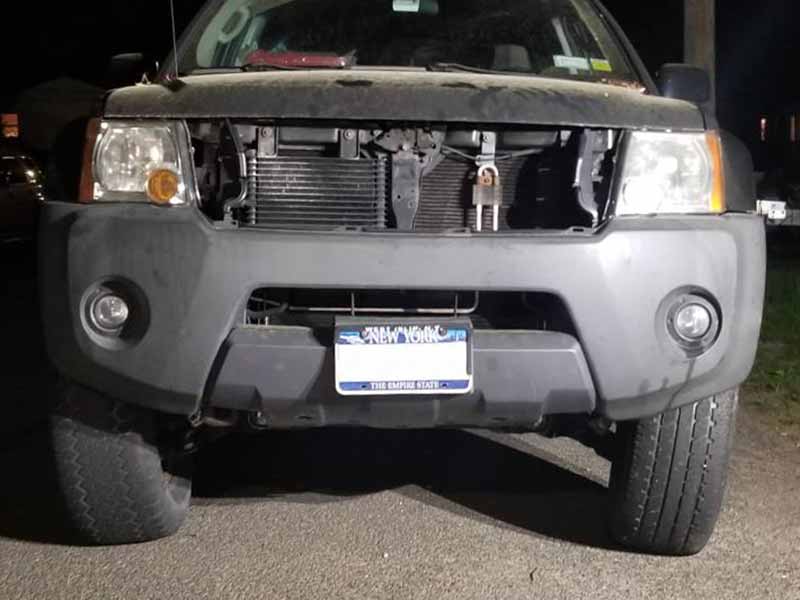
Advantages of Positive Camber
There are some benefits to having positive camber on your vehicle.
- For instance, it’s typically used on heavy trucks and off-road vehicles. These vehicles often carry heavy loads or navigate rough terrain, so the reduced steering effort that comes with positive camber can be a big advantage.
- Also, if a tire blows out, positive camber can help keep the vehicle stable and prevent it from pulling too sharply in one direction.
Disadvantages of Positive Camber
However, positive camber does come with its downsides.
- The main issue is the excessive tire wear that we mentioned earlier. Because only part of the tire is making full contact with the road, the tire can wear down more quickly and unevenly. This means you might need to replace your tires sooner than expected.
- Another disadvantage is that positive camber can reduce the grip your tires have on the road, especially when you’re turning at high speeds. This can make the vehicle less stable and potentially more dangerous to drive.
Negative Camber
Now, let’s switch gears and discuss negative camber. Remember, negative camber is when the top of the tire tilts toward the vehicle. It’s a common feature in race cars, but you might see it on some everyday vehicles too. Let’s explore why.
Effects of Negative Camber
With negative camber, the inner edges of the tires have more contact with the road when the vehicle is turning. This can significantly impact both how the vehicle handles and the tire wear.
- Handling: Negative camber can improve your vehicle’s handling by increasing the tires’ grip on the road during turns. This is especially useful when you’re going around a bend at high speed, like in a race.
- Tire Wear: Because the inner edge of the tire is making more contact with the road, negative camber can lead to uneven tire wear, specifically on the inside of the tire. That means your tires might not last as long as you’d hope.

Advantages of Negative Camber
Even with the risk of uneven tire wear, negative camber can bring some positives to the table.
- Handling (Again!): If you’re into sporty driving or if you frequently take sharp turns at high speeds, negative camber can help your vehicle handle better. The improved grip can make your car feel more responsive and stable, especially while turning.
- Tire Performance: Negative camber can increase the contact area of the tire when the vehicle leans during a turn, leading to better performance and stability. It can even potentially improve braking efficiency.
Disadvantages of Negative Camber
While negative camber can make your car handle like a dream, it does come with some trade-offs.
- Tire Wear (Yep, It’s Back): Just like with positive camber, negative camber can cause uneven tire wear, but on the inside of the tire. This means you could be replacing your tires more often, which isn’t exactly budget-friendly.
- Reduced Straight-Line Stability: While negative camber can help with turning, it can slightly decrease your vehicle’s stability when you’re driving straight, like on a highway.
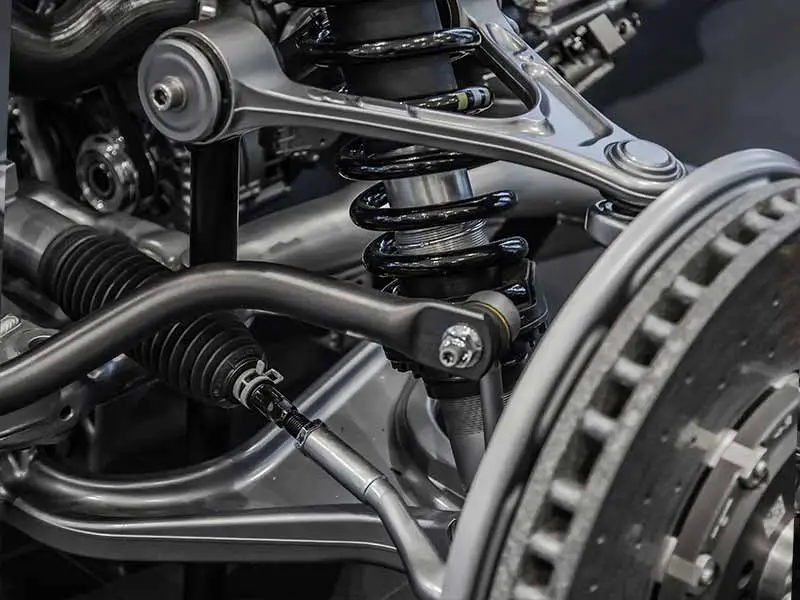
Zero Camber and Caster
Let’s hit the brakes for a moment and chat about a couple of related topics: Zero Camber and Caster. Yes, they may sound like characters from a car-themed superhero comic, but they’re important concepts to understand when talking about how vehicles handle and tires wear. Let’s get started!
What is Zero Camber?
After talking about positive and negative camber, you might be wondering, “What about no camber at all?” That’s where zero camber comes into play.
- Zero Camber: When a tire has zero camber, it’s perfectly perpendicular to the ground, standing up straight, if you will. It’s not tilting inward (negative camber) or outward (positive camber).
- Tire Wear: With zero camber, tire wear is usually even across the tread. This is because the tire is making even contact with the road, spreading out the wear and tear.
- Handling: However, the even tire wear comes at a cost. Zero camber may result in less grip when turning, especially at high speeds.
What About Caster?
Now, let’s switch gears and talk about caster. It’s another alignment angle, like camber, but instead of looking at the tires from the front, we’re looking at them from the side.
- Positive Caster: If the steering axis tilts toward the driver, that’s positive caster. It helps with straight-line stability—think of how a shopping cart wheel is angled. They’re designed to go straight!
- Negative Caster: On the flip side, if the steering axis tilts toward the front of the vehicle, that’s negative caster. It was more common in older cars, as it helps with steering effort but can decrease stability.

Camber Bolts Kit
Camber Adjustment
You might be asking yourself at this point, “Well, all this camber stuff is great, but can I adjust it?” The short answer is, yes, you can! However, it’s not something you want to tackle on a whim. Correctly setting your camber is critical to getting the most out of your tires and ensuring your vehicle handles the way you want. Let’s delve into it.
The Importance of Proper Camber Angles
Understanding and adjusting camber angles is a big deal. It might seem like a minor thing, but it can impact a bunch of aspects of your vehicle’s performance.
- Tire Life: As we’ve mentioned (maybe a few too many times), incorrect camber angles can lead to uneven tire wear. Who wants to replace tires more often than necessary? Not me, and probably not you.
- Handling: Camber angles can affect your vehicle’s handling, especially during turns. Depending on whether you have positive or negative camber, you might find turning easier or more difficult.
How to Adjust Camber
Now, let’s talk about how camber is adjusted. This isn’t an exhaustive guide (for that, you’d probably want a professional mechanic or an in-depth manual), but it should give you a basic idea of what’s involved.
- Camber Bolts: Some vehicles use what’s called “camber bolts” to adjust camber. By loosening these bolts and moving the wheel to the desired camber angle, you can adjust the camber of your vehicle. It might take a little muscle, but it’s pretty straightforward.
- Camber Plates: Other vehicles might use “camber plates,” especially those designed for high-performance or racing applications. These plates are installed at the top of the suspension struts and allow for more precise camber adjustments.
Now, adjusting your camber isn’t a “set it and forget it” kind of deal. You’ll want to periodically check your camber and other alignment settings to ensure they’re still correct, especially if you notice any issues with handling or uneven tire wear.
Resources
Below are some links you may find helpful when learning about tires
Final Thoughts
It’s clear that whether positive or negative, camber plays a significant role in how your vehicle handles and how your tires wear over time. Positive camber, leaning out at the top, can ease steering but may cause more wear on the outer edges of your tires. On the flip side, negative camber, leaning in at the top, can improve your vehicle’s handling in turns but might wear down the inner edge of your tires faster.
Remember, no one-size-fits-all camber setting is perfect for every vehicle. It’s about understanding these concepts and finding what works best for you and your ride. Regularly check your vehicle’s alignment settings to ensure they’re optimal, especially if you notice uneven tire wear or any unusual handling.
Good luck and happy motoring.
